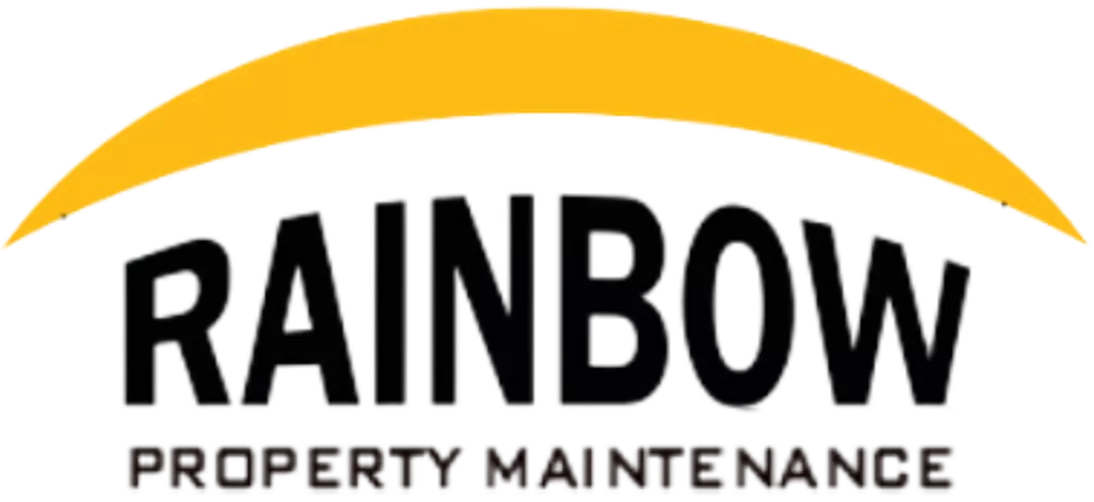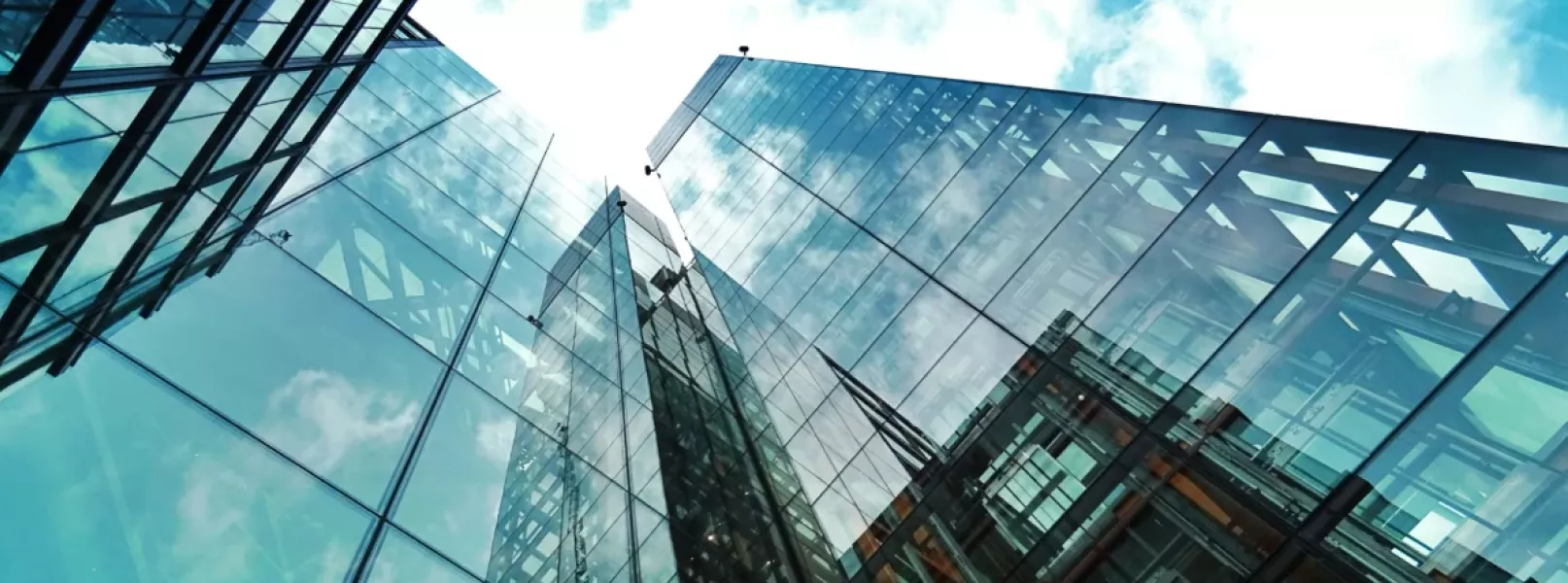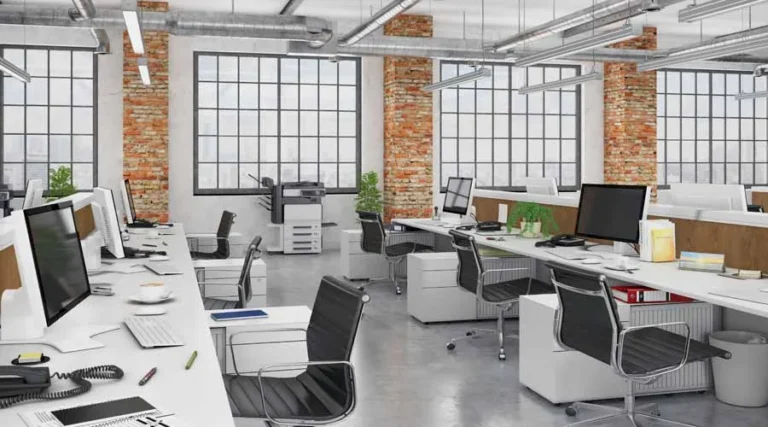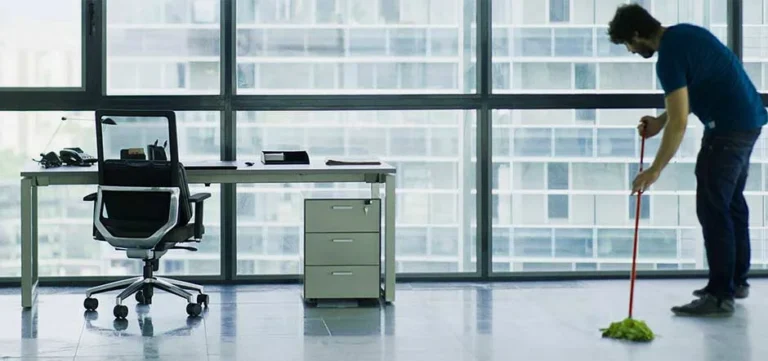Trending Topics in USA Office Maintenance Care for 2024
Trending Topics in USA Office Maintenance Care for 2024
The landscape of office maintenance care in the USA is undergoing a significant transformation as we step into the year 2024. With the integration of advanced technologies and the shifting dynamics of the workplace, facilities managers and businesses are adopting new strategies to ensure efficient operations and sustainable practices. This report will delve into the current trends that are shaping the office maintenance industry, including the rise of preventive maintenance strategies, the adoption of cutting-edge technologies, and the evolving consumer behavior patterns that influence facility management decisions. Preventive maintenance has emerged as a cornerstone of successful facility operations, with an emphasis on proactive planning and the use of Computerized Maintenance Management Systems (CMMS) to automate and organize maintenance tasks. This approach not only enhances productivity but also mitigates the risk of unexpected downtime due to equipment failure or facility issues. The integration of Artificial Intelligence (AI) and the Internet of Things (IoT) in office environments is revolutionizing the way maintenance tasks are performed. AI-driven insights and IoT-enabled devices are optimizing energy consumption, automating routine tasks, and improving workplace safety, leading to a more efficient and responsive maintenance process. Sustainability is another key trend, with businesses increasingly adopting eco-friendly technologies and practices to reduce their environmental footprint. This shift is not only driven by corporate responsibility but also by consumer demand for greener practices and the long-term cost savings associated with sustainable operations. Consumer behavior is also a critical factor, with economic conditions and the upcoming 2024 presidential election expected to influence spending patterns and priorities. Facilities managers must stay attuned to these changes to align their maintenance strategies with consumer expectations and market demands. As we navigate through these trends, it is clear that the office maintenance care industry in the USA is poised for a year of innovation and adaptation. This report will provide a comprehensive overview of these developments, offering insights into how businesses can leverage these trends to optimize their maintenance operations and stay ahead in a competitive landscape.
Table of Contents
- Preventive Maintenance Strategies for Office Facilities
- Adoption of Computerized Maintenance Management Systems (CMMS)
- Emphasis on Sustainable Maintenance Practices
- Training and Development for Maintenance Staff
- Integration of Advanced Technologies
- Predictive Maintenance Over Preventive Maintenance
- Adoption of Technology in Office Maintenance
- Smart Office Technologies
- Predictive Cleaning and Maintenance Scheduling
- Robotics and Automation
- AI-Augmented IoT (AIOT) and Convergence
- Embracing Sustainability Through Technology
- Economic and Consumer Trends Affecting Office Maintenance
- Shift in Office Utilization Patterns
- Economic Pressures and Cost Optimization
- Emergence of Multi-Use Spaces
- Technological Advancements in Maintenance
- Sustainability and Green Maintenance Practices
Preventive Maintenance Strategies for Office Facilities
Adoption of Computerized Maintenance Management Systems (CMMS)
The integration of CMMS is a significant trend in preventive maintenance strategies for office facilities. CMMS helps facility managers plan and manage maintenance tasks efficiently, with features like automatic reminders, tracking of repair history, and inventory management for spare parts. This technology enhances cost control and operational efficiency by enabling predictive maintenance and providing insights into potential equipment failures before they occur. (Property Manager Insider)
Emphasis on Sustainable Maintenance Practices
Sustainable maintenance practices are increasingly important in office facility management. These practices include optimizing energy consumption, using eco-friendly waste management techniques, and adopting non-toxic cleaning agents to improve indoor air quality. Sustainable practices not only contribute to a healthier environment but also result in cost savings through reduced utility bills and potential tax incentives. (Property Manager Insider)
Training and Development for Maintenance Staff
A focus on continuous improvement through staff training and development is essential for effective preventive maintenance. Training programs ensure that maintenance teams are well-versed in the latest techniques and technologies, which is crucial for maintaining complex office facilities. A well-trained staff can respond more effectively to emergencies and carry out preventive maintenance tasks with greater precision. (I4T Global)
Integration of Advanced Technologies
Advanced technologies such as AI, IoT, and building management systems are reshaping preventive maintenance strategies. These technologies provide real-time data and analytics, enabling facility managers to make informed decisions about maintenance activities. They also help in reducing the number of service trips and extending the life of assets by informing when tune-ups are needed. (Facilities Dive)
Predictive Maintenance Over Preventive Maintenance
The shift from preventive to predictive maintenance is a key trend, with the US Department of Energy highlighting the cost savings of predictive maintenance over reactive approaches. Predictive maintenance, aided by AI and IIoT, allows facility managers to anticipate and address maintenance needs before issues arise, thereby enhancing the resilience of business operations. (FieldCircle)  By implementing these strategies, office facilities can ensure a proactive approach to maintenance, which is crucial for minimizing downtime, optimizing operations, and maintaining a safe and efficient work environment.
By implementing these strategies, office facilities can ensure a proactive approach to maintenance, which is crucial for minimizing downtime, optimizing operations, and maintaining a safe and efficient work environment.
Adoption of Technology in Office Maintenance
Smart Office Technologies
The integration of smart office technologies has redefined the dynamics of workplace maintenance. With the rise of IoT devices, office environments are becoming more connected and responsive to the needs of employees. For instance, companies like Comfy have introduced features like “Flexible Spaces” to help employees navigate hybrid work schedules by designating workspace locations and customizing office environments through a mobile app (PYMNTS.com). This technology allows for better resource allocation and a personalized office experience.
Predictive Cleaning and Maintenance Scheduling
Predictive maintenance is becoming increasingly prevalent in office maintenance. By utilizing data analytics and IoT sensors, facility managers can anticipate maintenance needs and schedule cleaning and repairs before issues arise. This proactive approach can lead to significant cost savings and minimize downtime. Predictive maintenance is expected to yield savings of 30-40% compared to reactive maintenance (Infraspeak Blog). 
Robotics and Automation
Robotic vacuum cleaners and other automated cleaning devices are becoming more common in office maintenance. These machines can operate autonomously, allowing maintenance staff to focus on tasks that require more attention. The adoption of robotics in office cleaning not only increases efficiency but also ensures a consistent level of cleanliness across the office space.
AI-Augmented IoT (AIOT) and Convergence
The convergence of IoT with AI and machine learning is leading to the development of intelligent devices capable of making autonomous decisions. In the context of office maintenance, AIOT can optimize energy usage, manage inventory for cleaning supplies, and even coordinate maintenance tasks among devices without human intervention. This trend is expected to continue as more devices become capable of intelligent decision-making (Forbes).
Embracing Sustainability Through Technology
Sustainability remains a key concern in office maintenance. Technological advancements are enabling offices to reduce their environmental impact through the use of energy-efficient equipment and green cleaning practices. For example, LED lighting systems and eco-friendly cleaning supplies are being adopted to minimize waste and energy consumption. Additionally, the use of drones for building maintenance is revolutionizing the way exterior cleaning and inspections are conducted, reducing the need for hazardous manual labor (REMI Network). By embracing these technological trends, office maintenance can become more efficient, cost-effective, and sustainable, ultimately leading to smarter and healthier work environments.
Economic and Consumer Trends Affecting Office Maintenance
Shift in Office Utilization Patterns
The U.S. office market has experienced a significant shift in utilization patterns, primarily due to the rise of remote work and the adoption of hybrid work models. As a result, companies are re-evaluating their office space needs, leading to a decrease in demand for traditional office spaces and an increase in the need for flexible workspaces. This trend has implications for office maintenance, as the nature and frequency of services required are changing. Maintenance schedules and services are now being tailored to accommodate fluctuating occupancy rates and the need for enhanced cleaning protocols to ensure safe and healthy work environments. (JLL)
Economic Pressures and Cost Optimization
Economic pressures such as inflation and a potential slowdown in consumer spending are prompting businesses to optimize costs, including those related to office maintenance. Companies are seeking ways to reduce overhead without compromising the quality of the work environment. This has led to a greater focus on energy-efficient practices and cost-effective maintenance solutions. For instance, there is an increased interest in smart building technologies that can help manage energy consumption and automate maintenance tasks to reduce costs. (CoStar)
Emergence of Multi-Use Spaces
With the decline in traditional office usage, there is a growing trend of converting office spaces into multi-use properties that combine work, living, and leisure facilities. This transformation requires a different approach to maintenance, as the variety of uses introduces new challenges and opportunities for maintenance providers. Companies specializing in office maintenance are expanding their services to cater to these mixed-use environments, ensuring that all aspects of the property are well-maintained and meet the diverse needs of occupants. (CBRE)
Technological Advancements in Maintenance
The integration of advanced technologies such as IoT, AI, and predictive analytics is revolutionizing the office maintenance industry. These technologies enable more efficient operations, predictive maintenance, and real-time monitoring of building systems. Maintenance providers are adopting these technologies to offer better service, reduce downtime, and extend the lifespan of office equipment and infrastructure. The use of data analytics also allows for more informed decision-making regarding maintenance activities and investments. (Eptura)
Sustainability and Green Maintenance Practices
Sustainability has become a key concern for consumers and businesses alike, influencing office maintenance practices. There is a growing demand for green cleaning products, recycling programs, and maintenance practices that minimize environmental impact. Office maintenance providers are responding by offering eco-friendly services and advising clients on how to achieve sustainability goals within their office spaces. This trend is also driven by regulatory pressures and the desire of companies to enhance their corporate social responsibility profiles. (EY) In summary, the office maintenance industry in the USA is adapting to the evolving economic and consumer trends by shifting service models, embracing technology, and prioritizing sustainability. These changes are reshaping the landscape of office maintenance, creating new opportunities for innovation and growth within the sector.








